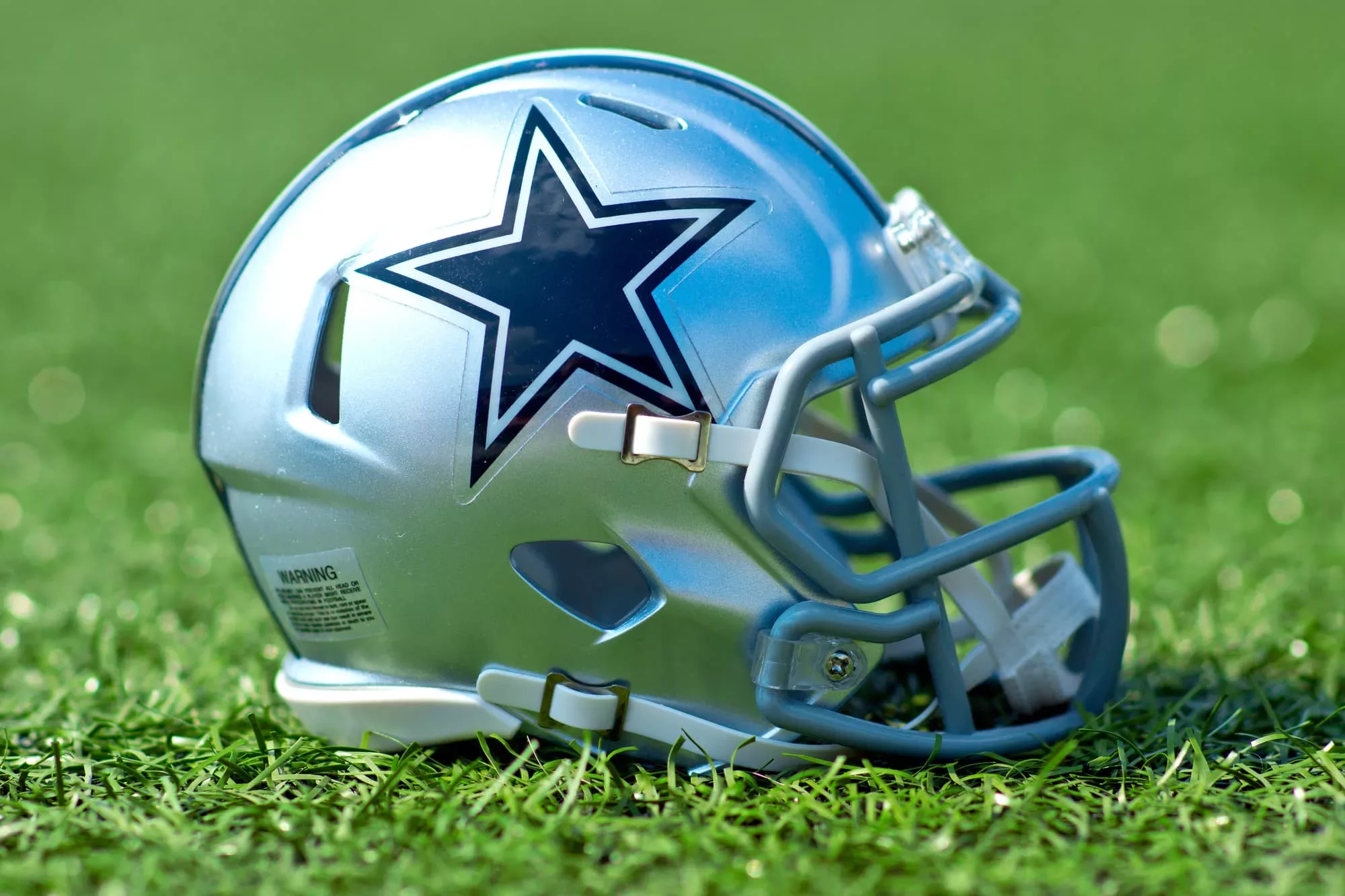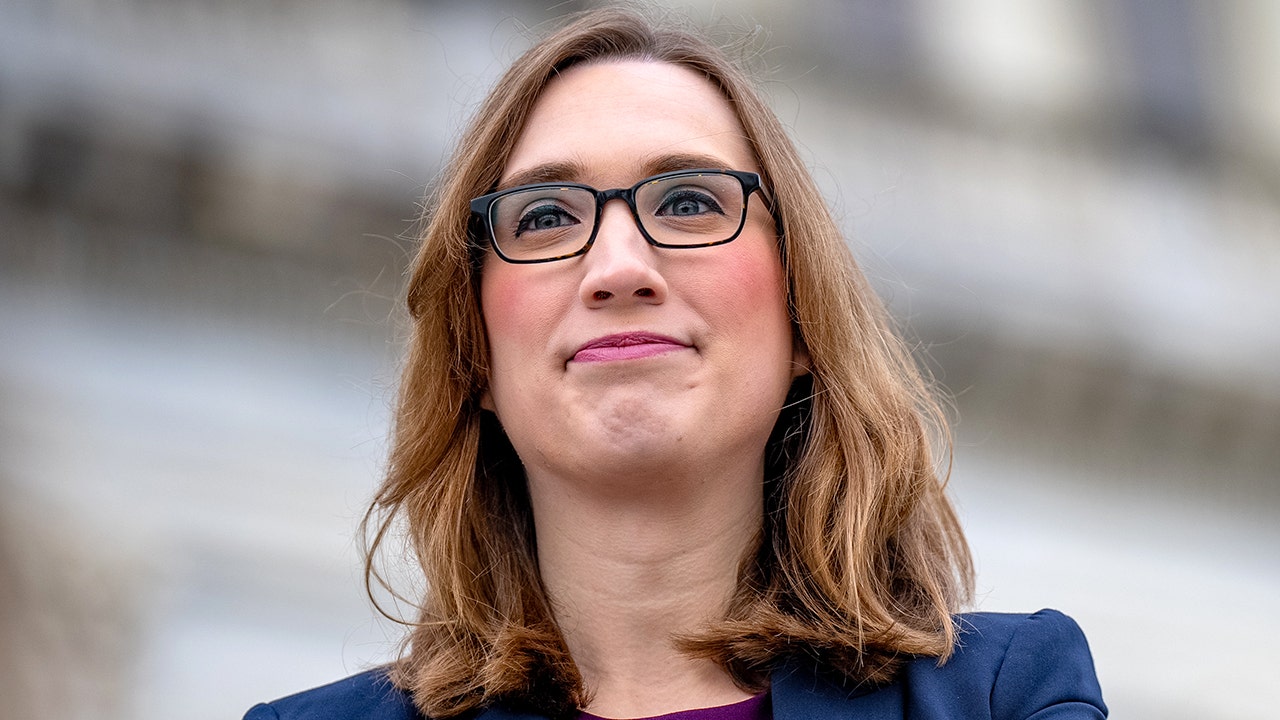On the 5th of August 2021, Jack Grealish completed his transfer from Aston Villa to Manchester City after a summer full of rumours and speculation about the future of the winger from Solihull. The release clause of £100 million proved no stumbling block to the oil-rich club, who happily made Grealish the sixth most expensive player in the world, breaking the transfer record for a British player and British club in the process.
As an Aston Villa season ticket holder from 2017 to 2019 (before university dragged me away from Villa Park), I am well acquainted with the trickery and elegance of Jack Grealish. He looked like a man amongst boys in the Championship, especially during the 2018/19 season where his return from a lengthy injury prompted a 10-game winning streak that fired Villa into the Playoffs and eventually, the Premier League.
Then in Villa’s first season back in the top flight since their dismal 2015/16 campaign, Grealish scored eight league goals and registered six assists, the most of any Villa player that season in both categories, dragging his boyhood club out of relegation danger and escaping on the very last day.
Grealish struggled with injuries in the 2020/21 season, only starting 26 games in the league. However, his performances when he was on the field were nothing short of excellent. His 0.41 assists and 6.18 shot-creating actions per 90 minutes were second highest among all Premier League players.
Grealish’s performance for the Citizens have drawn criticism from many fans and pundits. His lack of goals and assists (he only registered three of each in the Premier League) certainly make for poor reading, but the story is far from simple. Many pundits will question whether Grealish has been worth the £100 million spent on him, but the transfer fee was never really an issue for Manchester City. Pep Guardiola surely didn’t expect Grealish to play like the sixth-best player in the world – he had never hit those heights before and although some progression could be expected – the player was already 25 years old when the transfer was completed. The deep pockets of the Abu Dhabi United Group meant they could afford to throw as much money as necessary to secure a player Guardiola admired and had identified as being able to fit into his talented attacking rotation.
To sum up, the real question for City isn’t whether they received value for money, there was little opportunity cost involved with the transfer. Instead the question is simply: did Grealish perform better in 2021/22 than his goals and assists numbers suggest? And what can we expect from Super Jack this season?
Grealish in Blue
| Metrics | 2019/20(Villa) | 2020/21(Villa) | 2021/22(City) |
| Starts | 36 | 24 | 22 |
| Minutes | 3233 | 2185 | 1914 |
| Bench | 2 | 12 | |
| Goals/90 | 0.22(3) | 0.25(4) | 0.14(11) |
| xG/90 | 0.18(4) | 0.18(6) | 0.22(7) |
| Shots/90 | 2(4) | 2.02(6) | 2.12(8) |
| Assists/90 | 0.17(3) | 0.41(1) | 0.14(10) |
| xA/90 | 0.19(3) | 0.35(1) | 0.3(2) |
| Passes/90 | 42.8(5) | 45.3(4) | 45.1(15) |
| KP/90 | 2.56(1) | 3.42(1) | 2.54(2) |
| SCA/90 | 5.18(1) | 6.18(1) | 5.17(2) |
| Dribbles/90 | 3.34(2) | 3.83(1) | 2.77(5) |
The table above shows Grealish’s statistics for the past three Premier League seasons. The statistics reported are per 90 minute figures to adjust for the differences in minutes played across the sample. The number in brackets represents his rank amongst teammates who have played at least 900 minutes, so in 2019/20 his 0.18 expected goals per 90 minutes was good enough for fourth amongst Villa players, but in 2020/21 it was only sixth best. The acronyms used in the table are as follows:
- xG – Expected goals (measure the total quality of shots taken based on likelihood of scoring)
- xA – Expected assists (the expected goals from a shot immediately following a pass)
- KP – Key passes (passes that directly led to shots)
- SCA – Shot-creating actions (two offensive actions that directly lead to a shot, these can be passes, dribbles or even drawing fouls)
The first change that can be noted from the table is the relative unimportance of Grealish to the City squad compared with his role at Villa. Whilst playing in claret and blue, Grealish played almost every minute he was fit, whilst Pep Guardiola used him as a rotational piece as he split playing time with other world-class wingers such as Phil Foden and Raheem Sterling. This was obviously expected prior to the transfer but Grealish still had to adapt his mentality during the previous season as he adapted to his change in role.
On the goalscoring front, Grealish registered his lowest total for a season since his Championship days, but his expected goals and shots taken per 90 minutes both increased. His new, highly valued teammates created slightly better chances than his more modest Villa crew, yet Grealish was unable to capitalise. In his final two seasons at Aston Villa, Grealish’s goals tally outperformed his expected goals. This is for one of two possible reasons. Either Grealish benefitted from a small amount of luck in front of goal that simply ran out in 2021/22 and his performance regressed to the mean. Or, Grealish is an above-average finisher and simply had an off year in front of goal. Either way it is unlikely that Grealish will continue to underperform relative to his xG this season. (Although, the addition of Erling Haaland may lead to less chances being generated for City’s squadron of midfielders/forwards, as the Norwegian gobbles up all the xG created that they were able to share amongst themselves last campaign).
However, Grealish will hope that Haaland can help him increase his assist totals next season, which lagged far behind his usual levels. Grealish’s ten assists in 2020/21 were tied for fourth highest in the league, only trailing global superstars Harry Kane, Bruno Fernandes and Kevin De Bruyne. The 0.14 assists per 90 was his lowest mark since his Championship days and trailed his expected assists, suggesting that his teammates regularly struggled to finish the chances generated by Grealish. Conversely, his expected assists, key passes and shot-creating actions are all high in the context of the City squad, meaning that he was one of their best chance creators whilst on the pitch. The clinical Haaland should help to convert Grealish’s expected assists into actual assists.
Despite Grealish’s high squad ranking in many creative metrics, his numbers in these areas are consistently lower than the form he displayed in his final season at Villa Park. In fact, his statistics look more similar to the 2019/20 vintage. Playing with a squad full of world-class players seems to have stunted Grealish’s progression rather than sent him to the next level as the City management may have expected. Perhaps this dip in performance is inevitable due to Grealish now simply forming another cog in a well-oiled City machine and he’ll be unable to recreate his 2020/21 season that convinced City to make him the most expensive British footballer ever. But I still believe Jack can find another gear within Pep Guardiola’s complex system of positional play (or Juego de Posición). This system requires a deep tactical understanding of the various zones that Pep splits the pitch into and coordination is required, especially among wide players and their full backs, as one must stay wide whilst the other cuts inside to the half-space. João Cancelo was City’s most used left back last season and his natural inclination to play narrowly forced Grealish to remain wide rather than taking up the inside-left position he had inflicted so much damage from at Villa. The addition of an overlapping left back to the City squad (Guardiola has been looking to recruit a player of this type but has lost out on top target Marc Cucurella), would allow Grealish to occupy more dangerous positions and thus create space on the outside. Matt Targett especially benefitted from this at Villa, winning the club’s Player’s Player of the Season award over Grealish in 2020/21.
To conclude, Grealish by no means had a poor debut season for the Sky Blues, but there is certainly room for improvement heading into year number two. His finishing needs to improve, but a player’s goalscoring relative to expected goals is often erratic outside of the world’s top finishers. Similarly, his teammates are unlikely to struggle to convert the chances he creates as much next season, especially now that the team features a world-class striker. Finally, an increased understanding with Cancelo (or a left back that better suits his playing style) should increase his already impressive chance creation.




















Discussion about this post